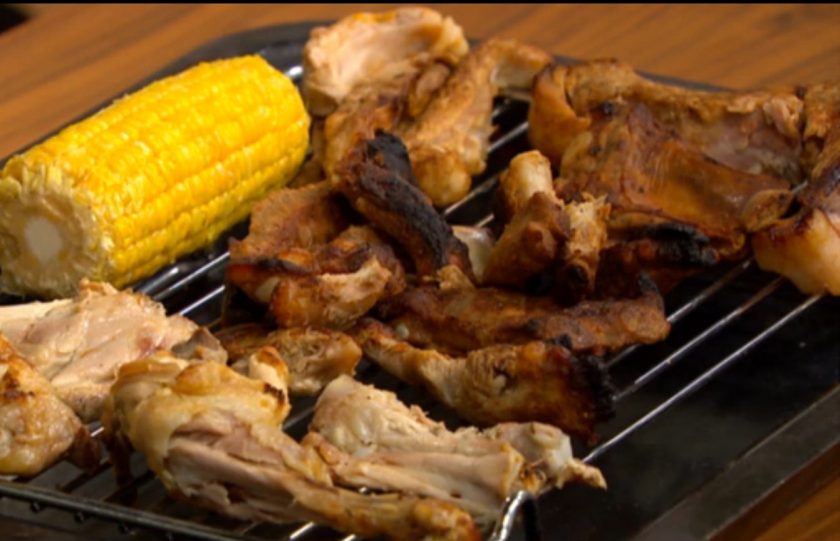
On TV3 this week, we discussed a few topical summer issues: dogs eating ice cream and the hazards of barbecues for pets.
We’re in the middle of the summer holiday period, and on cue, the UK media had a classic “silly season” story: the #IceCreamGate “scandal” involving Prince George letting his dog eat some of his chocolate covered ice cream.
The RSPCA were quoted as saying “We would advise people to be cautious when giving their dogs food meant for human consumption as some items, like chocolate, can be highly toxic to dogs and dairy items can be difficult for them to digest”. Internet trolls and anti-monarchists were delighted, with ludicrous calls for the prince to be charged with animal cruelty.
Reasons why #IceCreamGate was nonsense
- The ice cream was coated in white chocolate, which contains no cocoa solids, so is completely harmless to dogs. And in any case, even a few fragments of dark chocolate from an ice cream would not be enough to cause harm. I’ve worked out that a tiny 5kg dog would have to eat two entire dark chocolate Magnum ice creams to be at risk of poisoning. Most chocolate poisoning happens when a dog raids a stash of chocolate and eats a whole load. The only thing wrong with giving an occasional treat of chocolate is that you give your dog the taste for liking it.
- Most dogs eat small amounts of dairy items without any issue. A very small proportion of dogs, like some humans, may have intolerance to milk, and may suffer from diarrhoea. But that’s as bad as it could get.
- The rule of thumb is “don’t give your dog more than 10% of the total daily food as treats” and that applies to dairy products as much as to anything else.

the truth about Barbecue hazards for pets
-
Cooked bones.
Cooking makes bones more brittle and fragile, so that when pets chew them, they can crunch them into small, sharp fragments. Sometimes this isn’t a big deal: the stomach can digest small quantities of bones. However there is a significant risk of the sharp pieces of bone becoming stuckin the digestive tract: the mouth, throat, oesophagus, stomach or intestines. This can cause serious illness, with inappetance and sometimes vomiting. The pet needs to be taken to the vet, and urgent surgery may be needed to save the animal’s life. If bone fragments make it safely through the digestive tract, they sometimes stick together like concrete, causing a dramatic form constipation known as “obstipation”. Repeated enemas are needed to solve this uncomfortable problem.
-
Corn-on-the-cobs.
Coated with salt and butter, half eaten corn on the cobs are appealing to dogs: they love chewing them. However the solid, indigestible centre of fibrous tissue at the centre of the cob causes big problems. Dogs often chew them into chunks that are small enough to swallow, but too big to pass through the intestines. The result is an intestinal foreign body that requires surgery to remove them. It’s far easier just to remember to keep these out of your dog’s reach at all times.
-
Bowlfuls of treats.
Barbecues often result in food waste that dogs love: meat (chops, burgers and sausages), spices and sauces. Often fatty remnants are given to pets because humans don’t want them. The results can be serious gastroenteritis and sometimes pancreatitis, needing urgent veterinary treatment. So while it’s fine to give some treats, stick to the rule of thumb that no pet should ever be given more than 10% of their daily food ration as treats and scraps.
You can watch the video, featuring Kiko being tempted by barbecue goodies, on the link below.




Please note that I am unable to answer veterinary questions in comments. If you have questions or concerns about your pet's health it is always better to contact your vet.